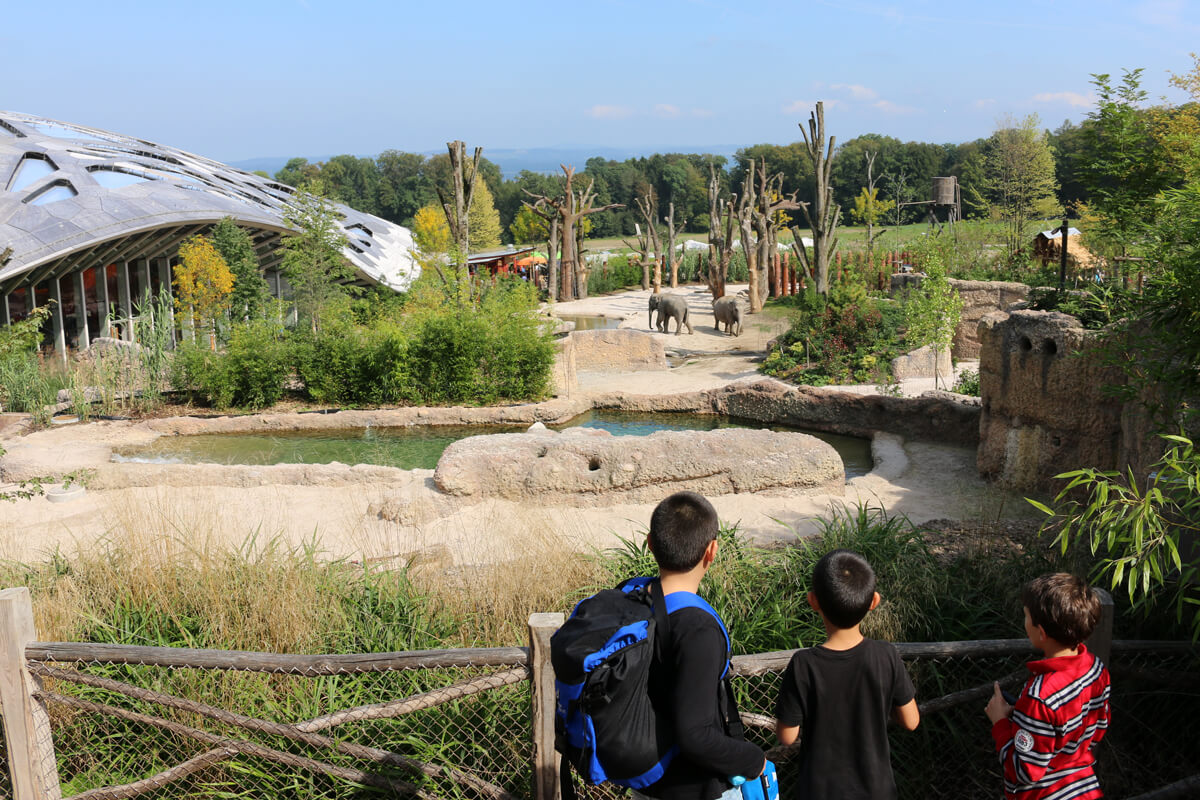What if you could step into the world of Amur tigers, Asiatic lions, and snow leopards? The newly revealed Panthera habitat at Zoo Zürich offers an immersive look at the lives of these Asiatic big cats.
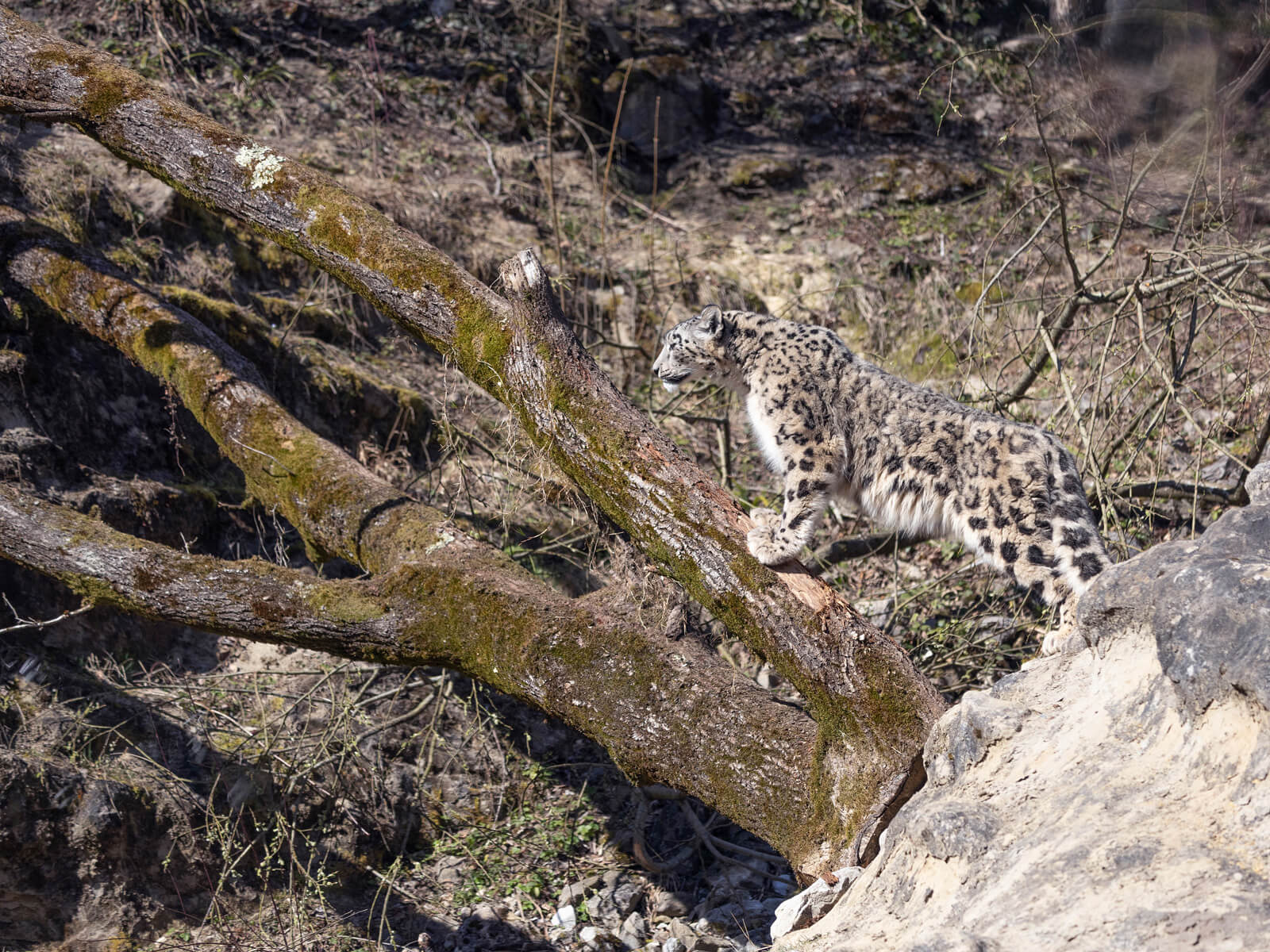
Big cats have always been a fascination for me. Back in my childhood, I remember listening to the songs of "Mir gönd in Zoo" by Schlieremer Chind, imagining these majestic creatures up close.
Later, standing face-to-face with lions on the Lewa Savanna in Kenya was a life-changing moment. And as of March 2025, Zoo Zürich has brought that same sense of awe and wonder close to my home.
On the area of 1.5 soccer fields, the new habitat called Panthera at Zoo Zürich offers a changing habitat to various wild cats considered endangered or vulnerable. At random time intervals, the animals are forced to migrate among the four distinct living spaces.
This concept quite literally keeps them on their toes!
Panthera Habitat at Zoo Zürich
Imagine being a tiger stepping into a new territory where the scent of a snow leopard lingers in the air. You pause, sniff, and assess: Is this space safe? Who was here before me?
Experience Panthera at Zoo Zürich where tigers, lions & snow leopards rotate through habitats that simulate wild challenges.Thanks to the rotation principle, this is the reality for the big cat residents at Panthera: Amur tigers, Asiatic lions, and snow leopards.
Instead of being confined to one enclosure, these predators rotate through four interconnected habitats at Panthera:
- Dry Forest (with pond and feeding tree)
- Clearing (with feeding wires)
- Mountains (with feeding wires to simulate hunt)
- Broad-Leaved Forest (with pond and feeding tree)
Each area offers unique terrain and features like ponds, feeding trees, and elevated observation points. The result? A constantly changing environment that keeps their minds sharp and instincts alive.
Zoo Director Severin Dressen explains it best: “Every time the animals switch areas, they must reorient themselves - checking for competitors and marking their territory anew. It’s challenging but essential for their well-being.”
In other words, this approach goes beyond simply giving them more space. It really creates an experience that mirrors the unpredictability of life in the wild.
Catwalk Offers an Elevated Walkway for Apex Predators
In my opinion, one of the most striking features is the Catwalk. This 17-meter-long elevated walkway is suspended 4.5 meters above us. For the big cats, it serves as both a vantage point and an interactive playground.
Big cats love high ground, and the Catwalk gives them plenty of it. From here, they can survey their surroundings just like they would in the wild. We’re a part of that surrounding and it is a thrilling experience to see these majestic predators pass overhead…
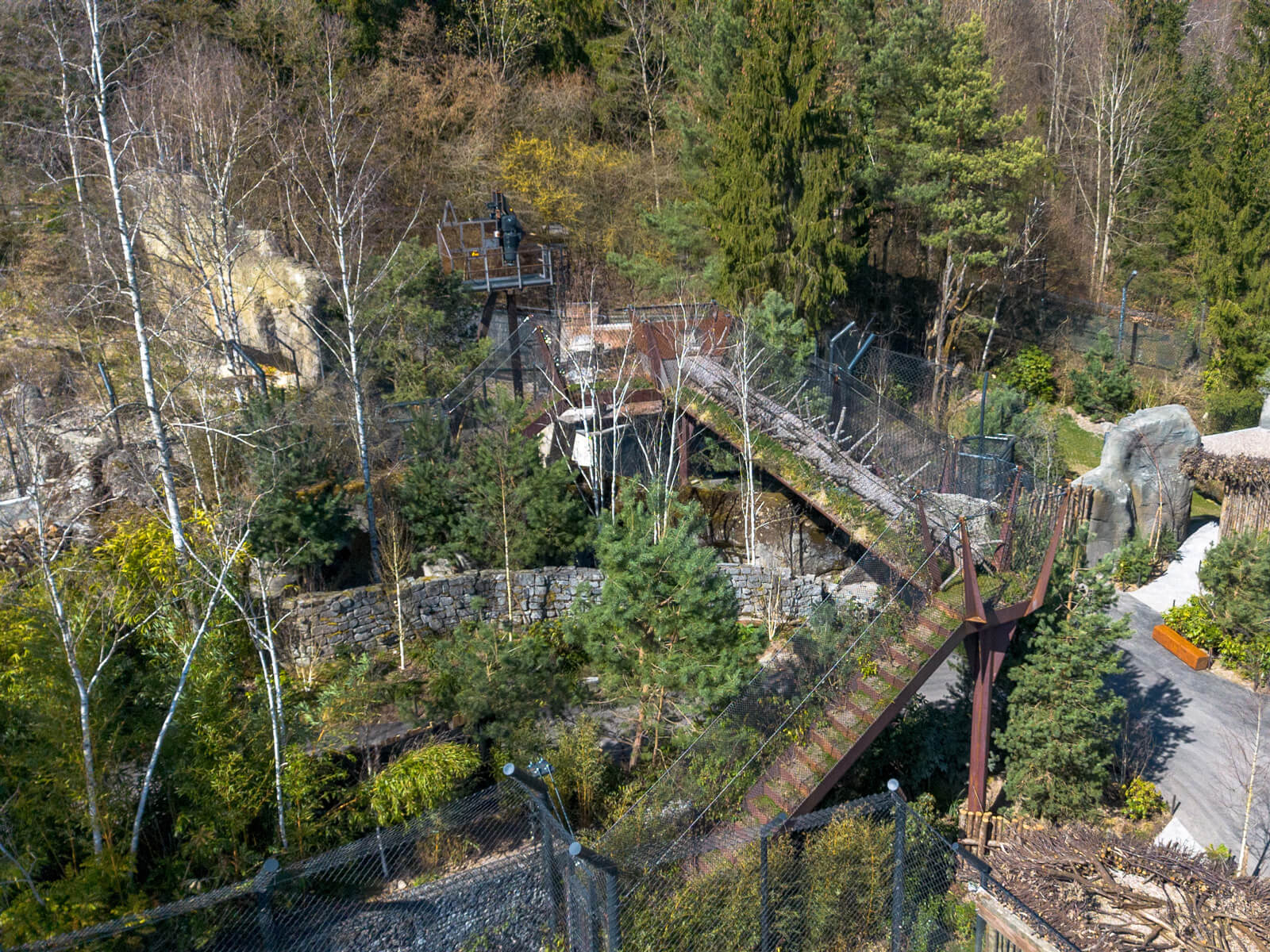
The walkway includes massive tree trunks and branches that encourage climbing, scratching, and balancing - keeping their bodies active and agile. It connects all four habitats mentioned above. And during each rotation, the cat species can smoothly move between territories without direct confrontation.
Feeding Lines Simulate the Wild
Another highlight of Panthera at Zoo Zürich are the overhead feeding lines. The so-called scatter-feeding method recreates the thrill of hunting in ways that challenge the animals physically and mentally.
How does it work? At random times, meat is suspended on cables that zip through the enclosures at speeds of up to 40 km/h. The big cats must chase it down or risk going hungry.
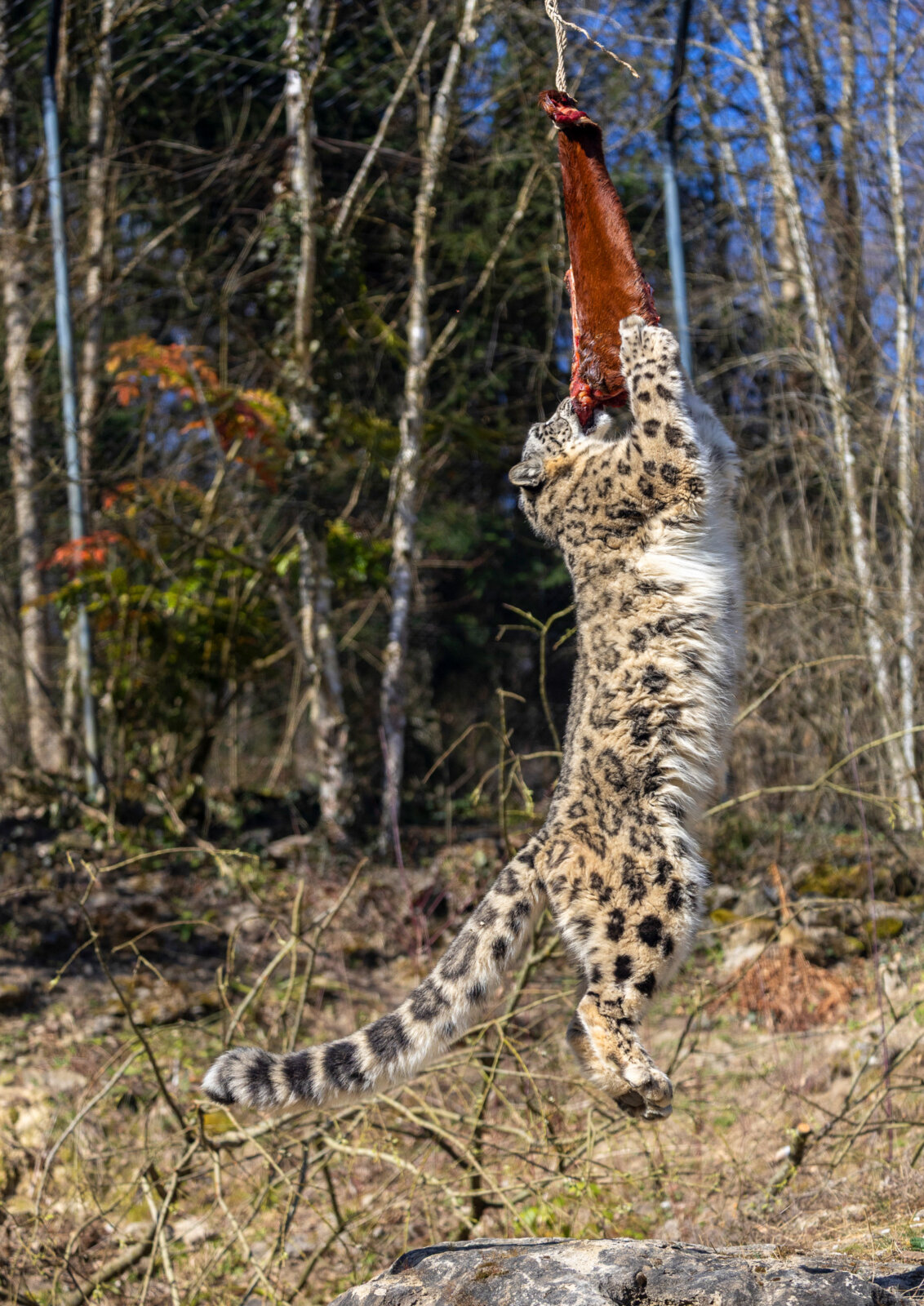
I learned that in nature, predators succeed in only about 10% of their hunts. Fasting, not feasting, is actually the norm. Scatter-feeding the animals comes close to reality as food is removed if it isn’t caught quickly enough...
As for the “menu”, the zoo tries to feed entire animals from its own stock. This mirrors the natural diet of these predators. So, when combined, the sheer dynamics of this feeding method teach the cats resilience while keeping them sharp.
Watching a tiger leap for its “prey” or a lion strategize its next move is mesmerizing - and something you won’t forget anytime soon!
Which Animals Live at the Panthera Habitat?
The Panthera exhibit at Zoo Zürich is home to endangered and vulnerable species. Here’s a breakdown of the animals you’ll encounter:
- Amur Tigers (Endangered)
- One female (new arrival)
- One male (new arrival)
- Asiatic Lions (Endangered)
- Two females (new arrivals)
- One male (expected summer 2025)
- Snow Leopards (Endangered)
- One female (returning resident)
- One male (returning resident)
- Red Pandas (Endangered)
- One female (returning resident)
- One male (returning resident)
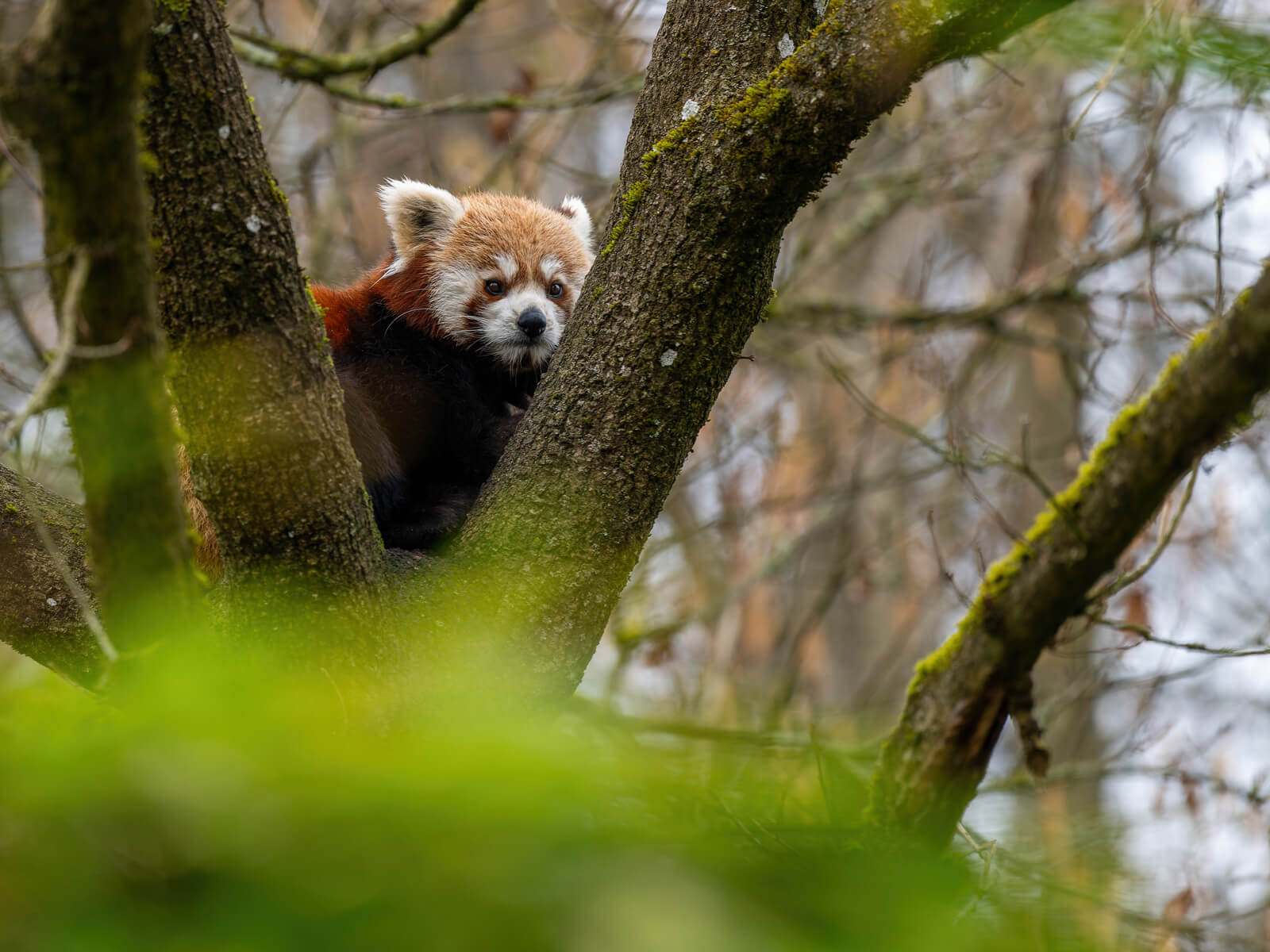
When to Visit Panthera for Maximum Action
I’ve checked with my connections at Zoo Zürich, and they gave me some insider advice on when to visit Panthera. If you want to catch these incredible moments in action, timing is everything:
New Insect Forest in the Former Lion House
Panthera also highlights some of nature’s smallest yet most vital creatures in its new Insect Forest, housed in what was once part of the lion house. This exhibit features over 1000 individuals from 11 insect species alongside spiders and millipedes - all displayed without barriers between us and them.
Why focus on insects? Because they’re essential to our ecosystems - and they’re disappearing fast. “Without insects,” Dressen emphasizes, “our world as we know it wouldn’t exist.”
By highlighting these often-overlooked creatures, Zoo Zürich educates us on biodiversity loss while showcasing exotic species like velvet stick insects and native ones like pollinators.

What It Takes to Create the Zoo of the Future
For this article, I have researched a bit what other zoos around the world are doing. The conservation of animal species in habitats that mimic nature yet give privacy to the “residents” is a major theme.
For the following reasons, I believe that Zoo Zürich is right up there with other modern zoos when it comes to setting new standards:
- All three big cat species at Panthera are part of European Endangered Species Programmes (EEP), ensuring genetic diversity while supporting breeding efforts.
- Through partnerships like Thailand’s Kaeng Krachan conservation project, Zoo Zürich helps to increase the population of wild tigers.
- At Panthera, I can tell that animal welfare was extremely important. One of the examples is the unpredictable feeding system with food dangling on a cable.
Panthera at Zoo Zürich
Watching tigers leap for prey dangling from the feeding lines is mesmerizing. And seeing snow leopards navigate elevated walkways is truly unique. These moments will surely stick with you, and might be a reminder for why it is so important to preserve these beautiful animals for future generations.
Join me at Zoo Zürich - I’ll be the one staring at the Catwalk with binoculars in hand!
- Plan your Zoo Zürich visit and check the daily activities
- Listen to "Mir gönd in Zoo" by Schlieremer Chind (Spotify)
